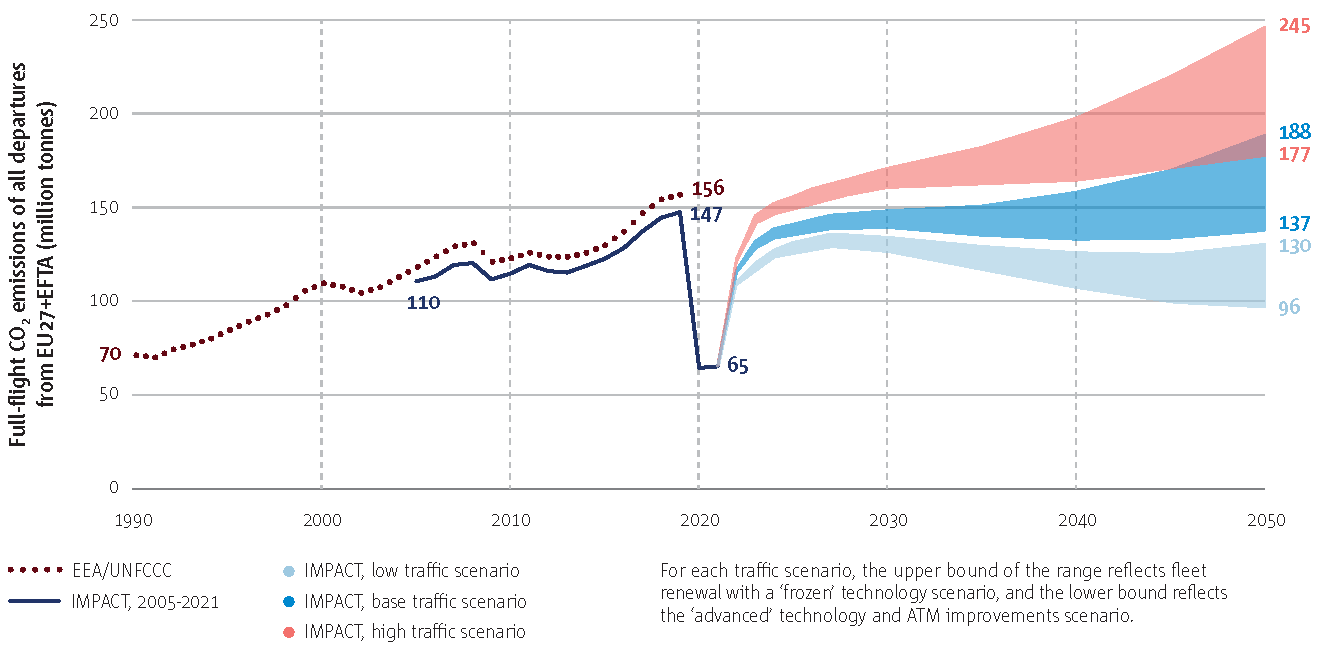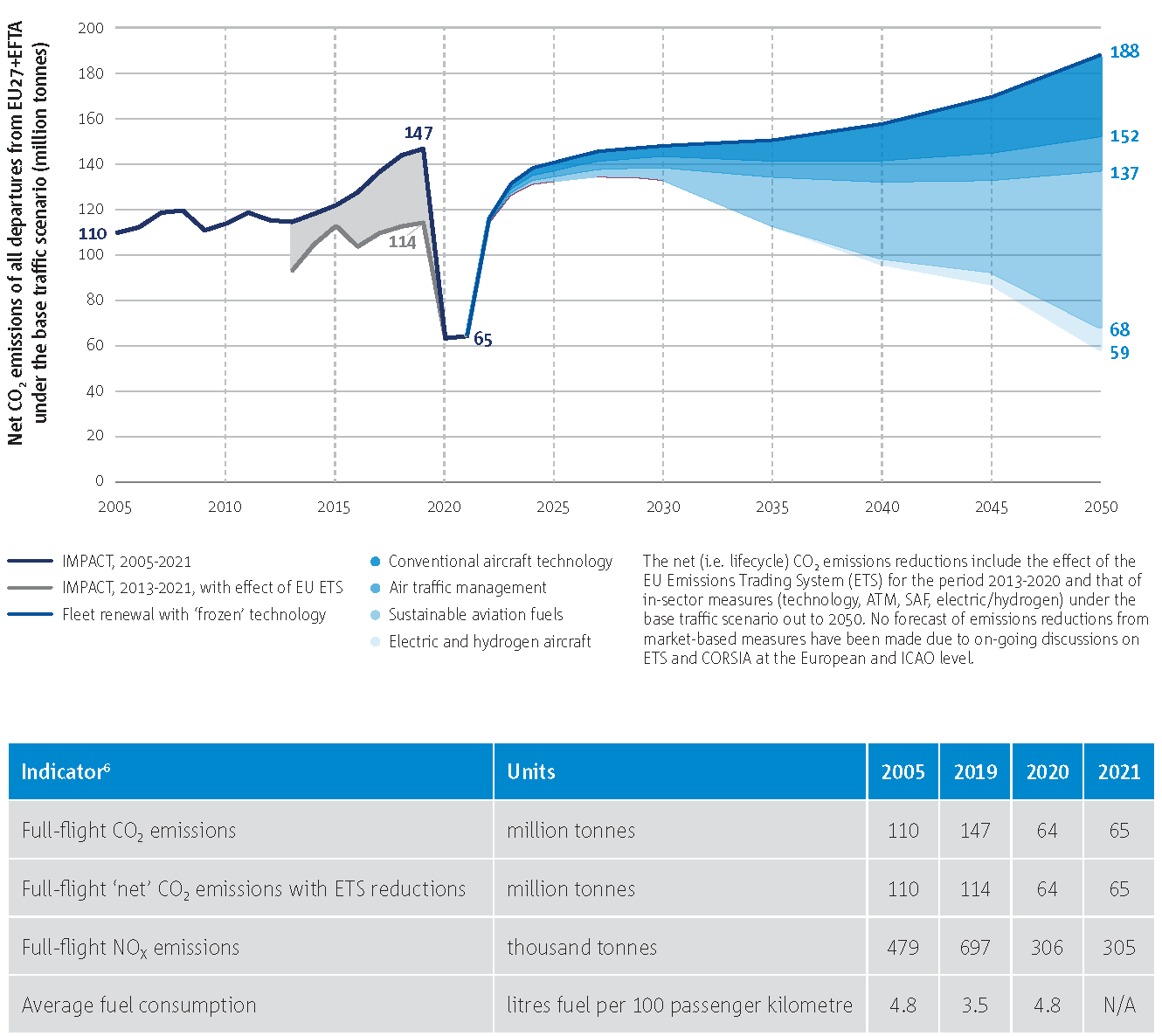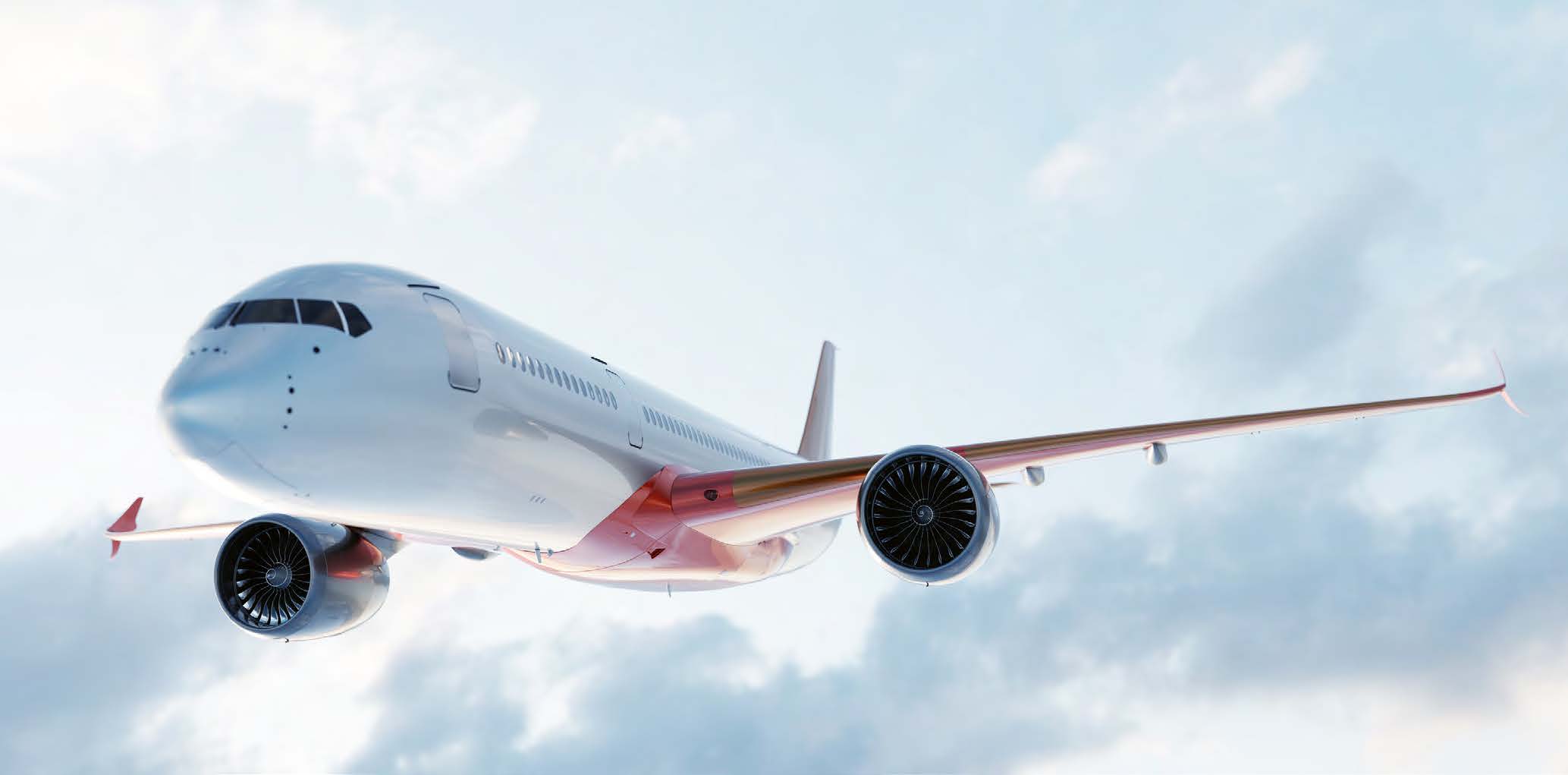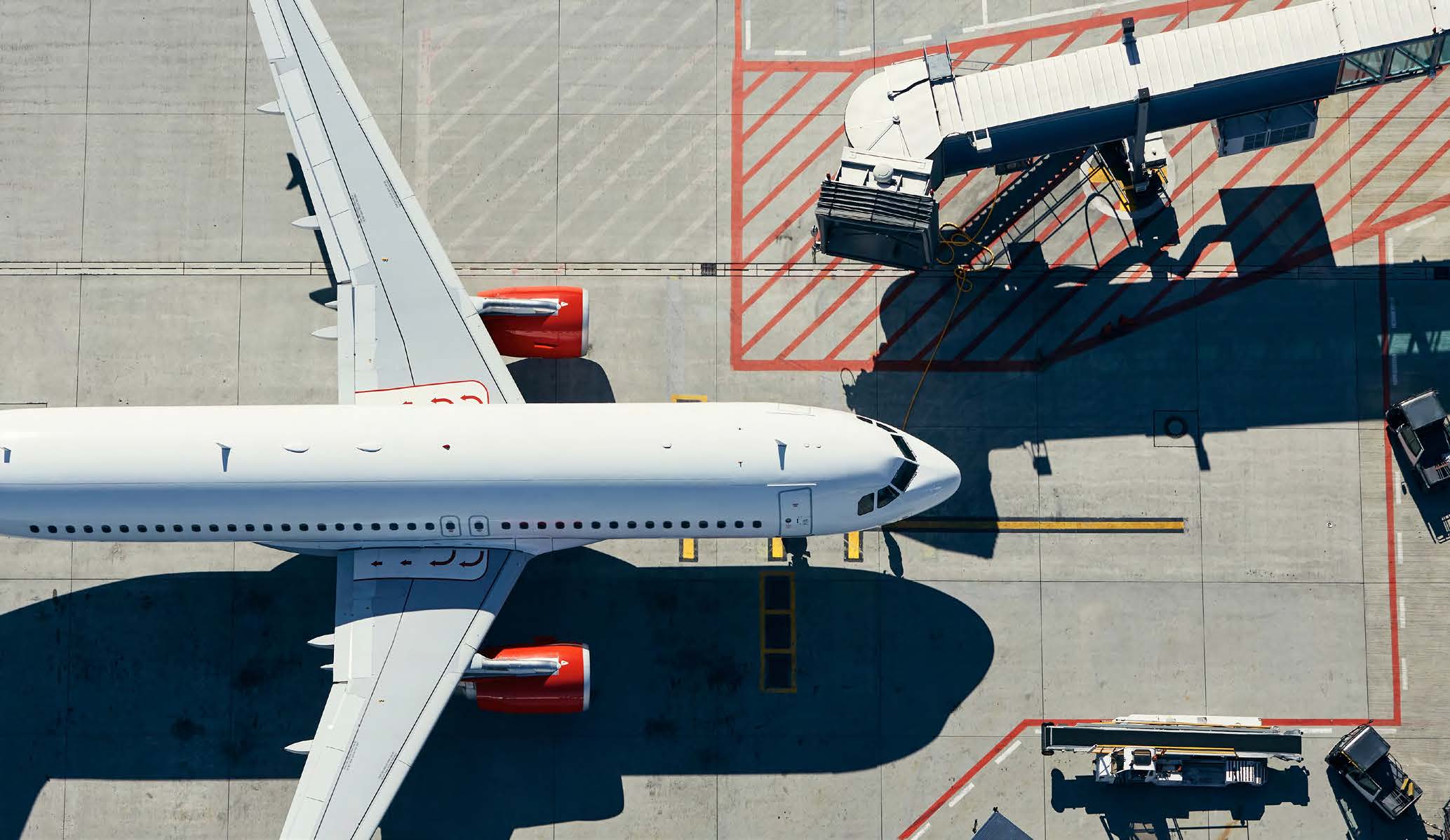The last three years has seen a spotlight shone on the environmental performance of the aviation sector, and the future challenges that it faces to ensure a license to operate. The third European Aviation Environmental Report provides an objective overview of the significant developments that have taken place in response to this.
While the sector provides economic benefits, connectivity, and stimulates innovation, European citizens are becoming increasingly aware of the effect that aviation activities have on their quality of life through climate change, noise and air quality, and many are prepared to act on these concerns. This is especially so on climate change, which is considered by Europeans to be the single most serious problem facing the world. With these challenges also come opportunities for businesses to build their strategies and brand around this key priority of sustainability to reduce their environmental impact and attract a growing market share, talent and investment, as well as empower customers to join the fight against climate change in this decisive decade.
Scaled-up collaboration between public and private stakeholders will also be of the utmost importance to enhance existing measures, and identify new ones, that can deliver the European Green Deal objectives. This report provides a clear and accurate source of information to inform and inspire discussions and cooperation in Europe. The long-term future of the aviation sector will depend on the success of this effort.








